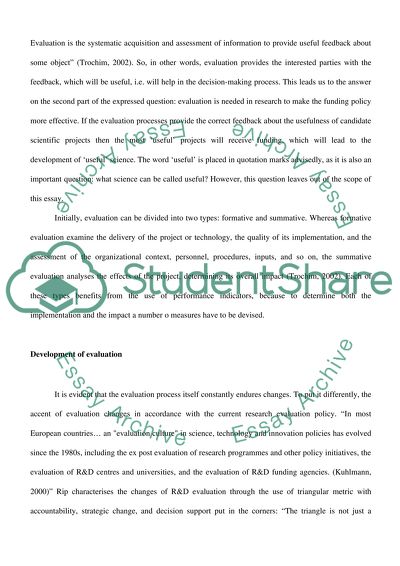Cite this document
(“Evaluation of Science and Technology Policies Essay”, n.d.)
Evaluation of Science and Technology Policies Essay. Retrieved from https://studentshare.org/science/1516588-evaluation-of-science-and-technology-policies
Evaluation of Science and Technology Policies Essay. Retrieved from https://studentshare.org/science/1516588-evaluation-of-science-and-technology-policies
(Evaluation of Science and Technology Policies Essay)
Evaluation of Science and Technology Policies Essay. https://studentshare.org/science/1516588-evaluation-of-science-and-technology-policies.
Evaluation of Science and Technology Policies Essay. https://studentshare.org/science/1516588-evaluation-of-science-and-technology-policies.
“Evaluation of Science and Technology Policies Essay”, n.d. https://studentshare.org/science/1516588-evaluation-of-science-and-technology-policies.


